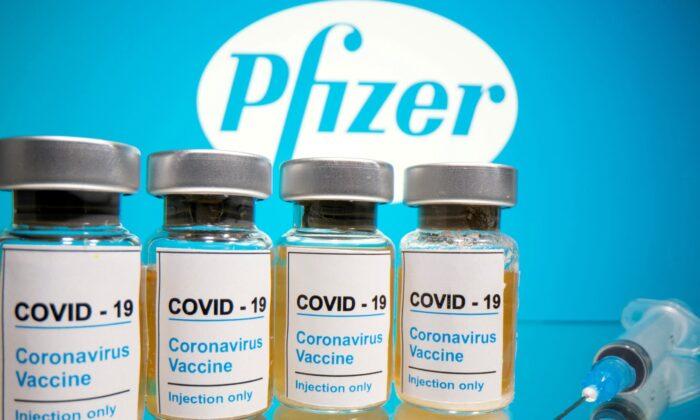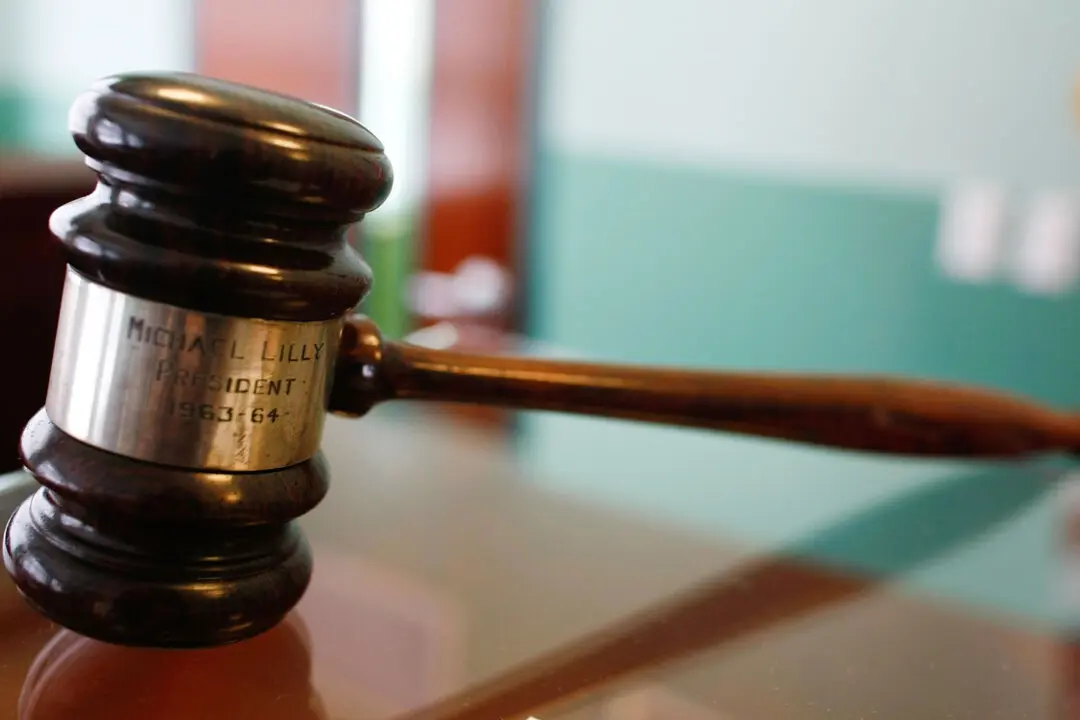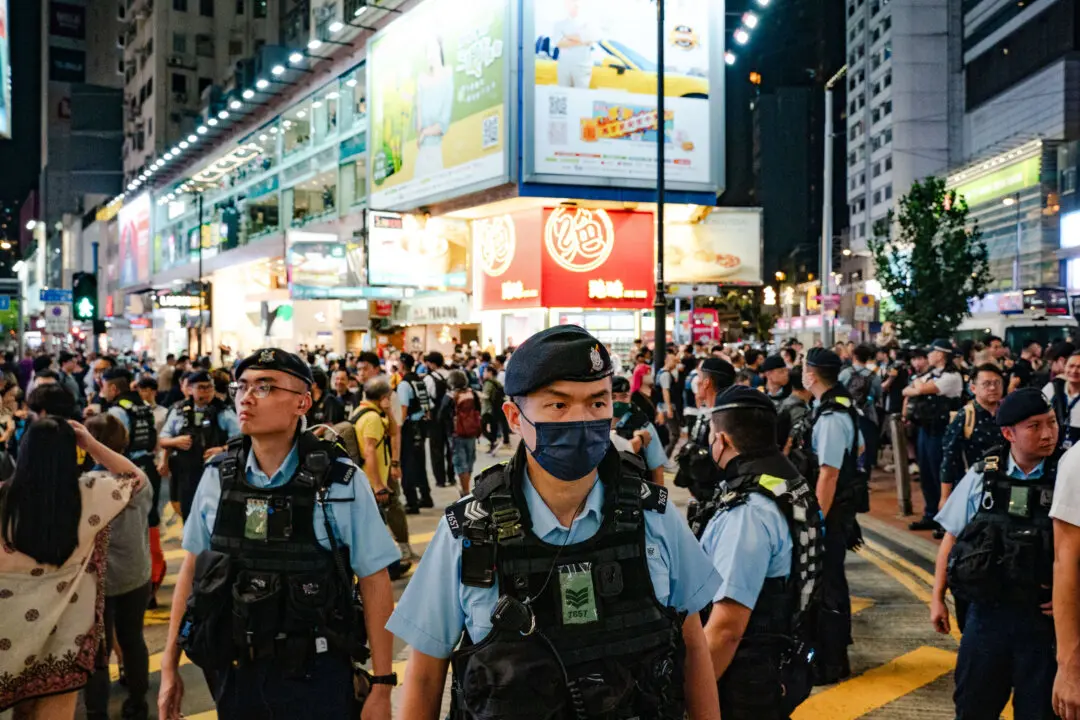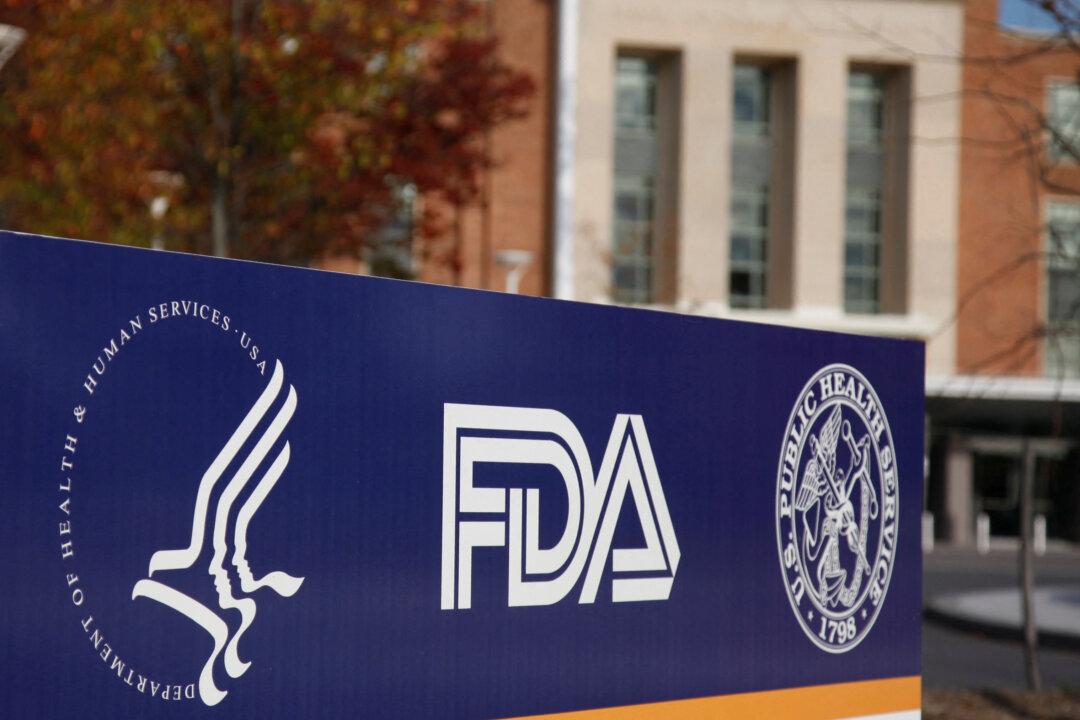It is the first to receive regulatory approval in Australia. Two doses at least 21 days apart will be required, with aged care and disability residents and workers, frontline healthcare staff, as well as quarantine and border employees at the front of the queue.
The target of vaccinating four million people by late March has been pushed back to early April, with suppliers’ global commitments affecting the rollout speed.
“There will be swings and roundabouts on this process,” Prime Minister Scott Morrison told reporters in Canberra on Monday.
About 80,000 shots are expected to be administered a week during the initial phase before ramping up to one million every seven days.
The provisional approval is granted for two years. It is strictly conditional on Pfizer continuing to provide information to the TGA on the long term efficacy and safety of the vaccine from ongoing clinical trials and post-market assessments.
As an added safety check, the TGA will test every batch before it can be supplied in Australia. “The TGA will continue to actively monitor the safety of the Pfizer vaccine both in Australia and overseas and will not hesitate to take action if safety concerns are identified,” the TGA said.
Health secretary Brendan Murphy said authorities had closely monitored concerns in Norway, where about 30 elderly people died after receiving the Pfizer jab.
“The TGA advice—and we have been concerned about this—for the very elderly and frail will need a very careful clinical decision,” he said.
One Year After Australia’s First Case
Australia’s first case of the CCP virus, a Wuhan man in his 50s, arrived in Melbourne, Victoria on Jan. 19, 2020, on China Southern Airlines flights CZ321.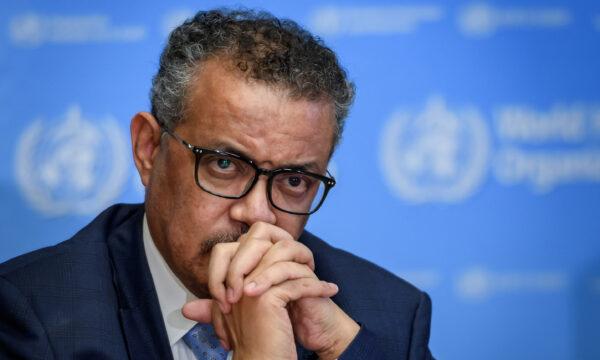
In fact, about 5 million people had left Wuhan without being tested, prior to Wuhan being locked down on Jan. 23.
During the early developments of the outbreak, the Chinese regime did not make critical information about the SARS-CoV-19 infection risk public. This meant that Australian authorities did not have border measures when the country’s first case walked into Tullamarine Airport.
